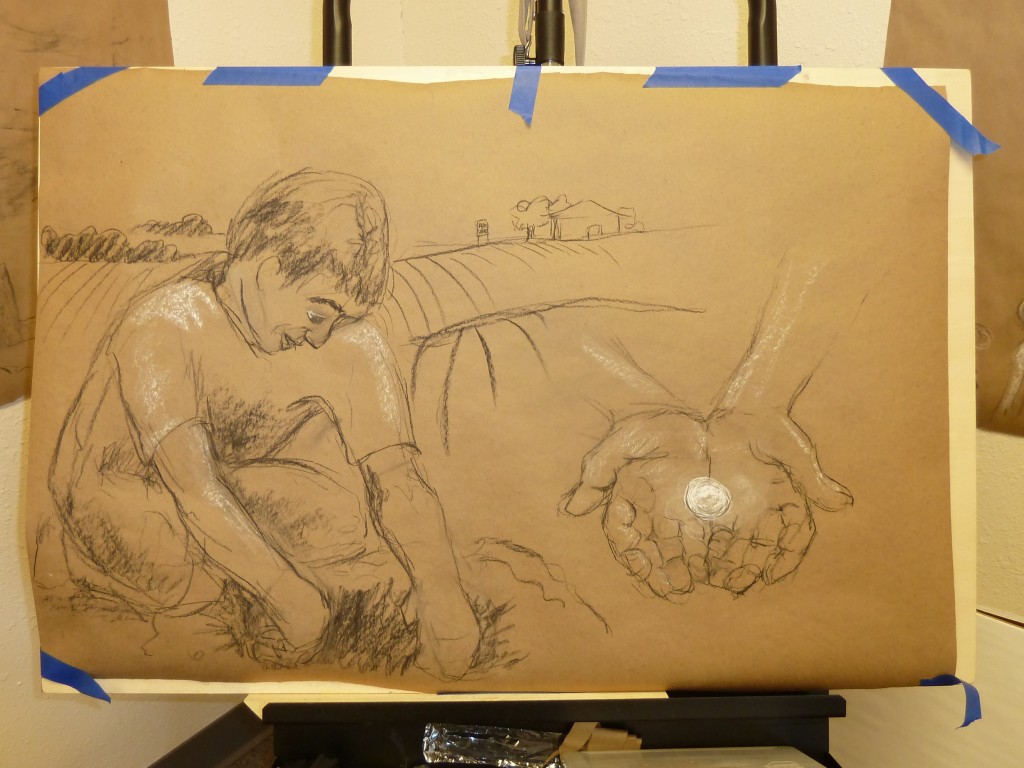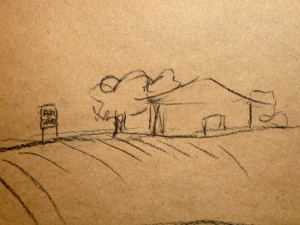The Parables of the Hidden Treasure and the Pearl of Great Price are another pair of short parables found in Matthew 13. In both stories, the protagonists find something so valuable that they give up everything they have to obtain it.
The parables illustrate the great value of the Kingdom of God, which surpasses all our other possessions. They also suggest the high cost of discipleship and the need to give up anything that would keep us from obtaining it. “That the merchant sold all may be hyperbole, a standard feature of parables, but if so, the hyperbole underscores that the kingdom cannot be fitted into some previously existing system. All other systems have to be given up in order to experience the kingdom.” (Snodgrass, Stories with Intent, p. 252).
According to Klyne Snodgrass, ”We also need to realize what time it is. If the kingdom is present, radical response is needed now. If the kingdom is worth all we have, then joy and celebration should accompany our finding and involvement with the kingdom. The problem with most of us is that we would like a little of the kingdom as an add-on to the rest of our lives… [The Parable of the Treasure] urges us to abandon what we thought was the focus of life and focus entirely on what God is doing with the kingdom” (p. 247).
Naomi’s interpretation of the two parables (as always, drawn during our Sunday school class with input from class members) is straightforward: a man searches for treasure in a field and the hands of a merchant hold a pearl. In the background, a house for sale reminds us that the pearl merchant and the man who found the treasure sold all they had.
More art
These two parables seem to have inspired less art than many others. My favorite Hidden Treasure art found online are a three-part series by James B. Janknegt: Treasurefield #1: Find the Treasure (2003), Treasurefield #2: Sell Everything (2003), and Treasurefield #3: Buy the Field (2003). Janknegt also created The Pearl of Great Price (2003).
Dutch illustrator Jan Luyken (1649-1712) also made engravings of both parables (Parable of the Hidden Treasure and Parable of the Pearl of Great Price). This stained glass window at Scots’ Church in Melbourne also includes both parables.
I found a few other examples of Hidden Treasure art online:
- Rembrandt. The Parable of the Hidden Treasure (c. 1630)
- John Everett Millais. The Hidden Treasure (1864).
- James Tissot. The Hidden Treasure (c. 1890).
Music
And Jesus Said includes two Hidden Treasure songs, one Pearl of Great Price song, and one song about both parables. Our favorite of these was “What Did You Find” (AJS #26). Here is the first stanza:
What did you find while plowing this morning?
What did you find as you worked in the field?
What did I find? I found a great treasure,
and now I am going to buy the field.
The other song we sang in class was from Singing the New Testament: “The Kingdom of Our God Is Like” (SNT #34), which is set to DOVE OF PEACE and covers five Matthew 13 parables in five stanzas. Here is the Pearl of Great Price stanza:
The kingdom of our God is like
a merchant who to own
the rarest pearl sells everything
to gain that pearl alone,
to gain that pearl alone.
This is the third post in a series about our Parables of Jesus Sunday school class. In each post, I make a few observations about the parable, share Naomi Friend’s original artwork she drew during our class, post links to other art about the parable, and share our favorite songs about the parable. Previous posts covered the Parable of the Sower and The Parables of the Mustard Seed & the Leaven.

